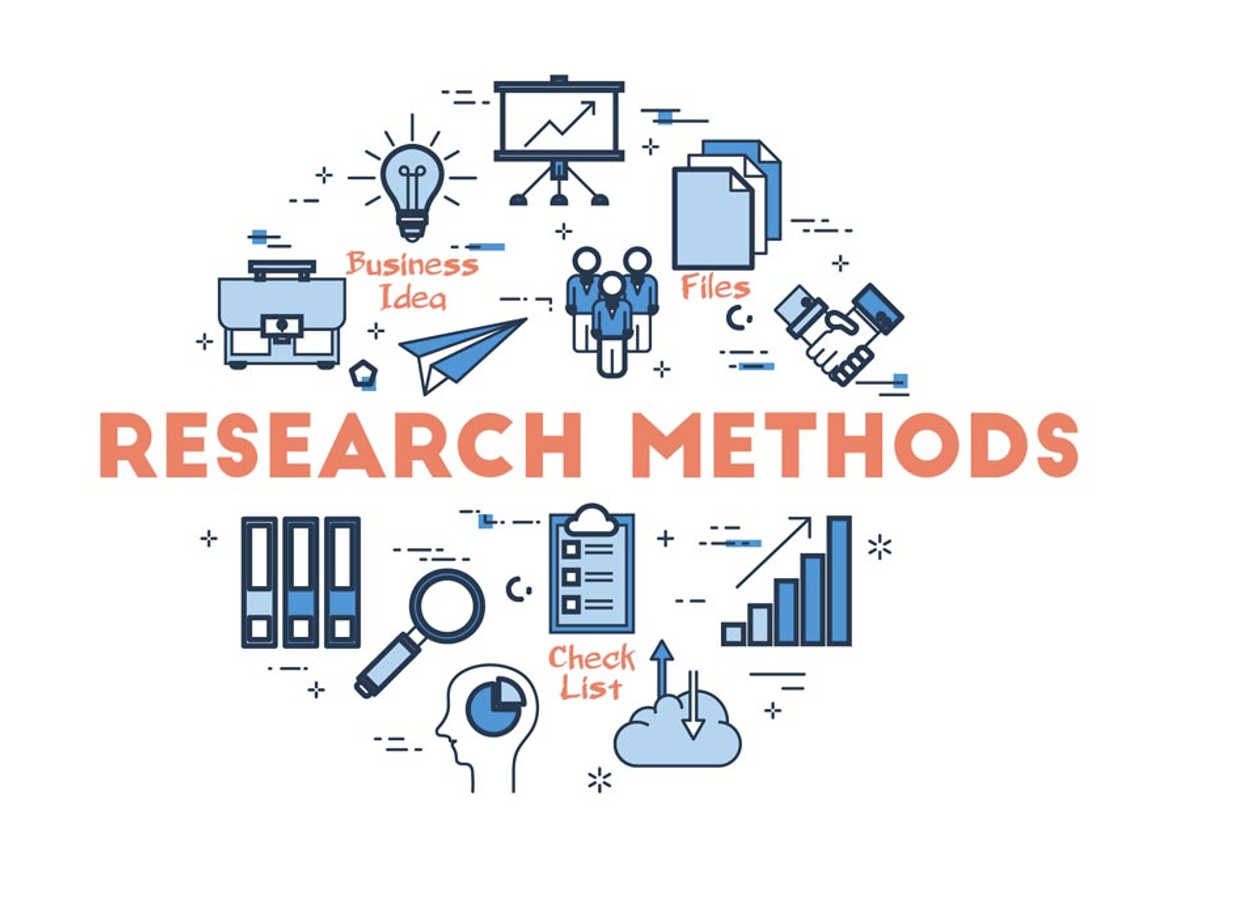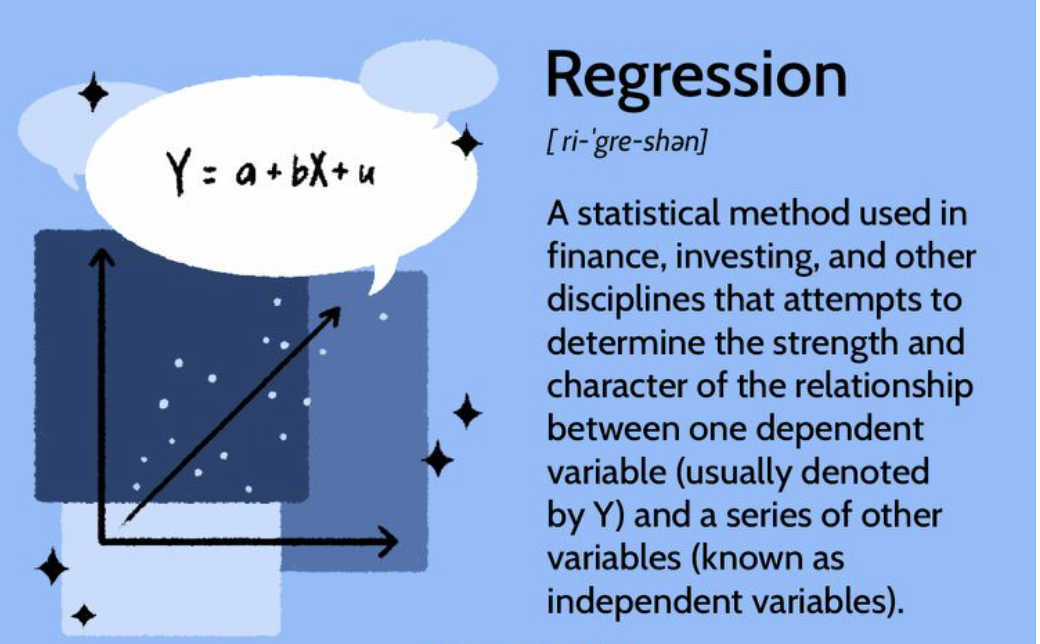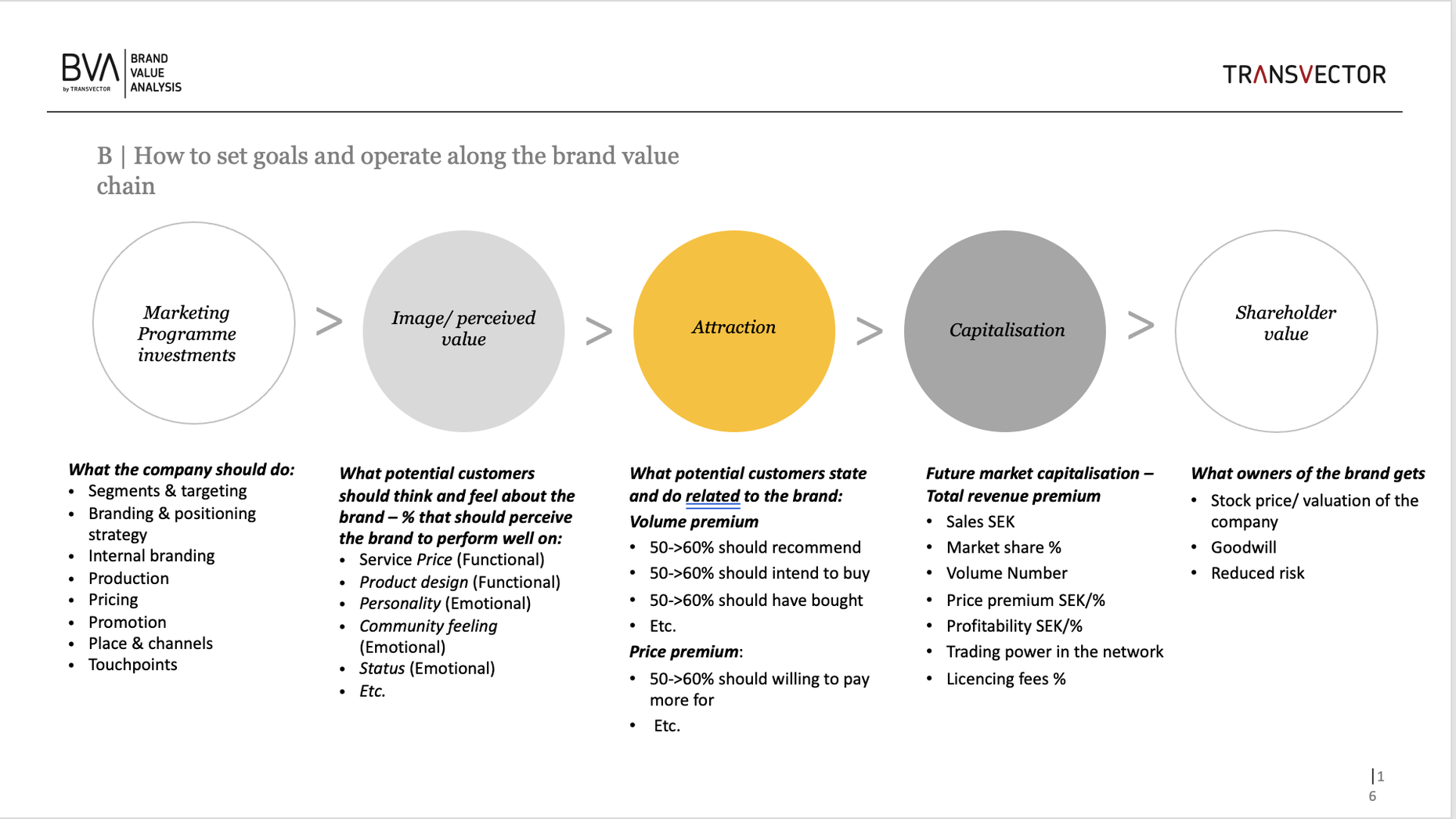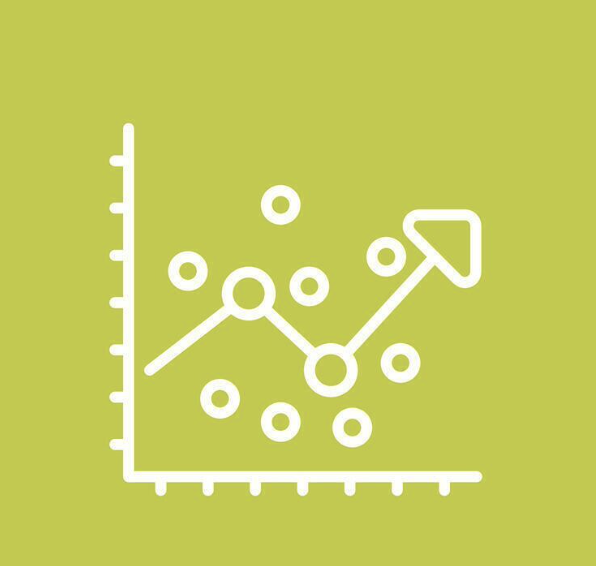WHAT ARE YOUR SALES DRIVERS?
WHATS INHIBITING SALES?
HOW DO WE SET OPERATIONAL AND QUANT IFIABLE GOALS?
WHY NOT TAKE A POSITION BASED ON SCIENTIFIC PROOF DATA INSTEAD OF GUESSING?
DRIVING FORCE ANALYSIS
POSITIONING ANALYSIS
PROFITABLE AND LONG TERM COMPETITIVE ADVANTAGE
THE ATTITUDE BEHAVIOUR GAP
Eg. 2/3 say that sustainability is important, but only 1/10 purchase sustainable products when given the choice.
THERE IS A MODEL WHERE YOU CAN EASILY AND SYSTEMATICALLY FOLLOW UP AND SEE WHAT DRIVES SALES AND GROWTH.
The model is called Brand Value Analysis and is developed by Professor Johan Anselmsson and Lund Brand Management Group.

DRIVING FORCE ANALYSIS

POSITIONING ANALYSIS

PROFITABLE AND LONG- TERM COMPETITIVE ADVANTAGE
THE BRAND VALUE CHAIN
The working methodology and the unique analysis tools used are based on research as a Professor. Johan Anselmsson together with his colleagues in Lund Brand Management Group have published.


DETAILED FOURSTEP AND THREE DEPT PROCESS
PRESTUDY AND MAPPING
Review of existing market research and internal documents. Possibly BVA pre-study Between 60-90 attributes
CHOOSE OF ANALYSIS METOOD AND SCOPE
For example, Driving force and Positioning analysis. How strong is the brand and position in relation to competitors.
OBJECTIVES AND STRATEGY
Recommendations Based on data. With a focus on results and analysis.
Goals for brand strength (awareness, likeing, preference, NPS etc) and Image (perceived quality, credibility etc).
IMPLEMENTATION AND FOLLOW UP
Implementation and follow-up. Where do we get the greatest effect? Plan activities, support implementation, evaluation and feedback.
.
GOALS AND STRATEGY
Many companies struggles to find out relevant and logic business goals.
We will help you to find out wich segments has the most profitable growth potential. We define target groups, challenges, relevance and potential for the brand.
Together we define and develop the most logic sales and growth-driving KPIs.
Average competition Relatively specific competitors Leadership
Willingness to buy Willingness to pay Sustainability Image Driving force Associations 5-7 pcs.
Maximum cumulative effect. (Willingness to buy, pay, sustainability image). Consider static significance. Avoid overlap. Relevant in relation to time and money. Work together and match the organization's resources.

WHAT IS REGRESSION ANALYSIS?
